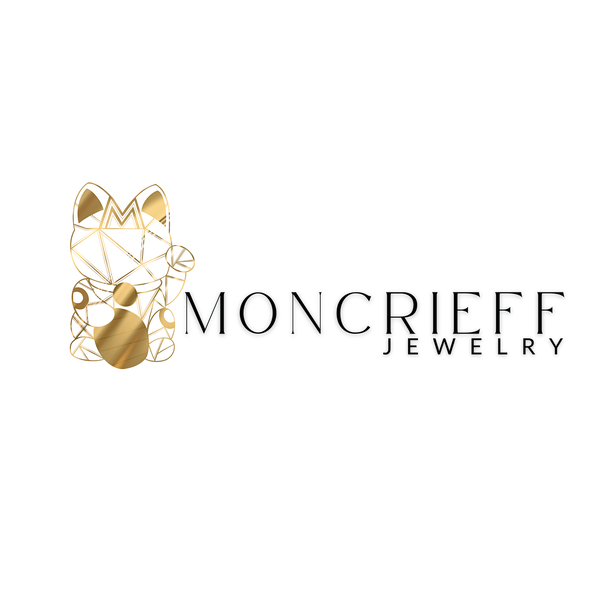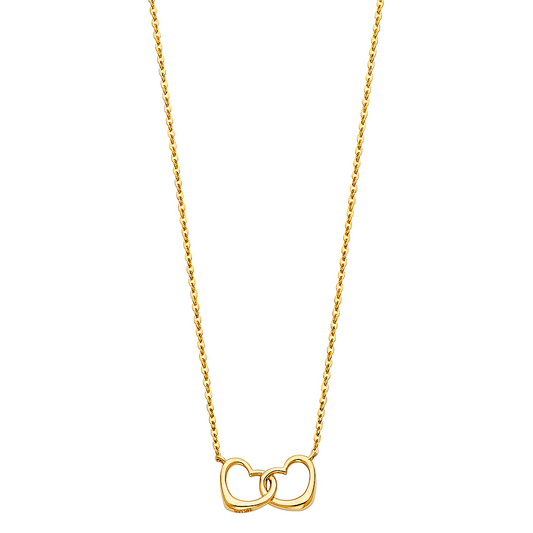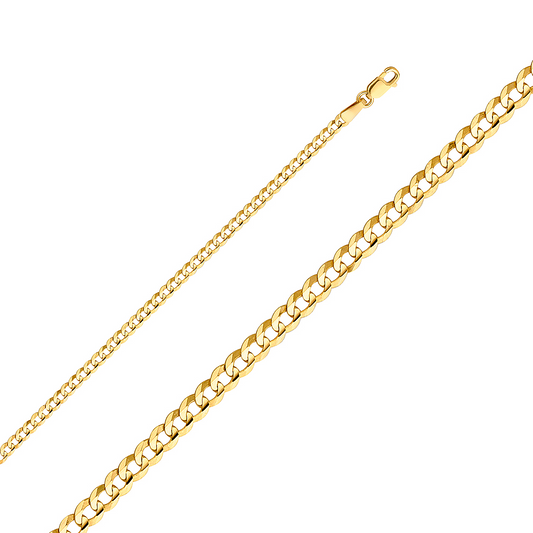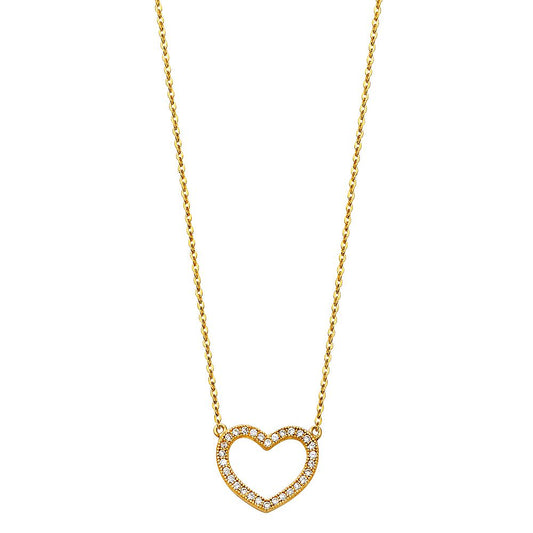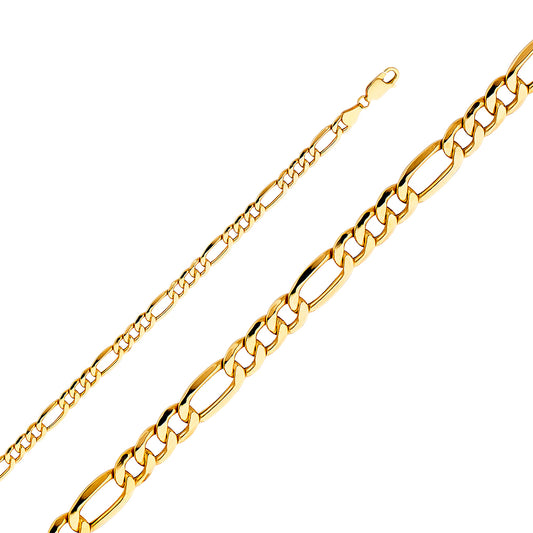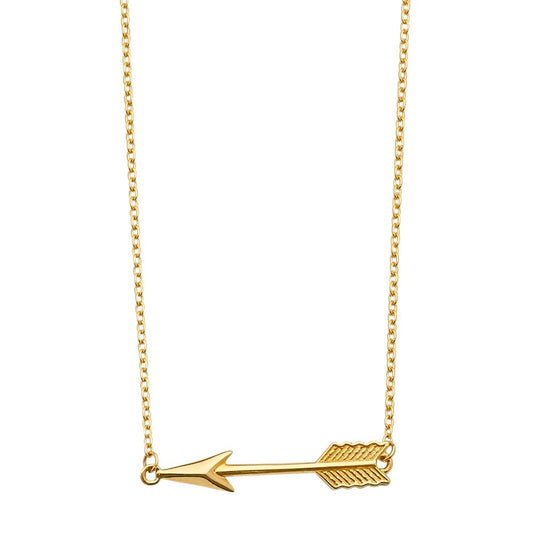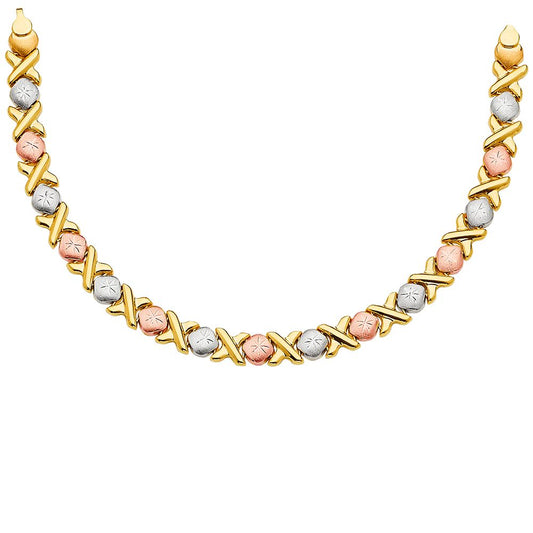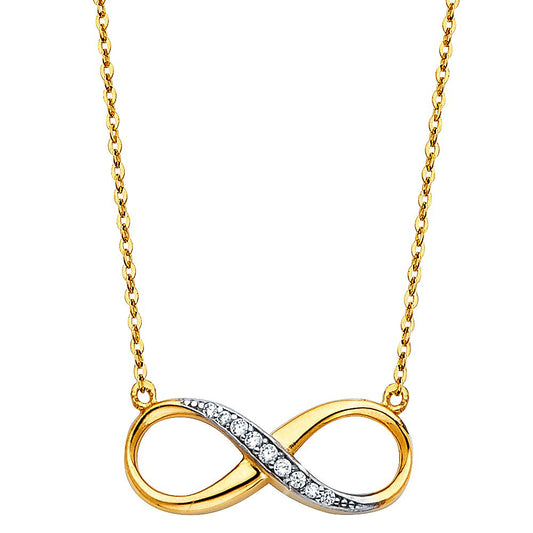The Ultimate Guide to Gold Grades and Types
Why Knowing Gold Grades and Colors Matters
Gold is timeless, but not all gold is the same. From 10k durability to the luxury of 24k, and from classic yellow gold to trendy rose gold, each type has its unique charm and characteristics. At Moncrieff Jewelry, we believe an informed choice leads to a perfect purchase. Here's your ultimate guide to gold grades and colors.
Gold Grades: Understanding Purity
Gold purity is measured in karats (k), which reflects the proportion of pure gold versus other metals in the alloy.
-
24k (99.9% Pure Gold)
- Characteristics: Soft, bright yellow, luxurious.
- Pros: Hypoallergenic, does not tarnish, highly valuable.
- Cons: Easily scratched, less durable, expensive.
- Best for: Investment pieces, cultural and ceremonial jewelry.
-
22k (91.6% Pure Gold)
- Characteristics: Vibrant yellow, slightly harder than 24k.
- Pros: Durable for high-purity gold, rich color.
- Cons: Limited for delicate designs, prone to scratching.
- Best for: Traditional and cultural jewelry.
-
18k (75% Pure Gold)
- Characteristics: Rich color, excellent balance of purity and durability.
- Pros: Luxurious, less likely to cause allergies, versatile.
- Cons: Prone to minor scratching, higher price.
- Best for: High-end jewelry and wedding bands.
-
14k (58.3% Pure Gold)
- Characteristics: Strong, balanced color, most popular grade in the US.
- Pros: Affordable, durable, perfect for daily wear.
- Cons: Slightly less hypoallergenic due to added metals.
- Best for: Engagement rings, bracelets, and everyday jewelry.
-
10k (41.7% Pure Gold)
- Characteristics: Pale color, strongest and most affordable.
- Pros: Highly durable, budget-friendly.
- Cons: Less pure, prone to tarnishing, can cause skin reactions.
- Best for: Jewelry for active lifestyles and budget-conscious buyers.

Gold Colors: Yellow, White, and Rose Gold
1. Yellow Gold
- Composition: Mixed with copper and silver.
- Pros: Classic, hypoallergenic, easy to maintain.
- Cons: Can scratch if not maintained.
- Best for: Traditional designs and those with warm skin tones.
2. White Gold
- Composition: Alloyed with palladium, nickel, or silver and plated with rhodium.
- Pros: Modern, complements diamonds beautifully, durable.
- Cons: Needs periodic rhodium plating to maintain its shine.
- Best for: Contemporary designs and cool skin tones.
3. Rose Gold
- Composition: Alloyed with copper for a pinkish hue.
- Pros: Romantic, unique, durable, and affordable.
- Cons: May cause skin reactions in those sensitive to copper.
- Best for: Vintage designs and warm or neutral skin tones.

Comparing Gold Grades and Colors: Which is Best for You?
| Type | Durability | Color | Maintenance | Best For |
|---|---|---|---|---|
| 24k | Low | Bright Yellow | Low | Investment, cultural jewelry |
| 22k | Medium | Vibrant Yellow | Medium | Traditional jewelry |
| 18k | High | Rich Yellow | Medium | Luxury, daily wear |
| 14k | Very High | Balanced | Low | Everyday use |
| 10k | Highest | Pale | Low | Budget, durable pieces |
How to Choose the Right Gold for You
- Purpose: Everyday wear? Opt for 14k or 10k. Special occasions? Go for 18k or higher.
- Skin Tone: Yellow gold for warm tones, white gold for cool tones, and rose gold for a romantic vibe.
- Budget: Balance purity with durability to find the perfect match.

Trust Moncrieff Jewelry for Your Gold Needs
At Moncrieff Jewelry, we offer authentic, video-certified 14k Italian gold jewelry that balances beauty and durability. Whether you're looking for a timeless yellow gold necklace, a trendy rose gold bracelet, or a sophisticated white gold ring, we've got you covered. Shop with confidence and elevate your style with our curated collections.
